Meet the new concert format
UncategorizedDepressed? You ain’t seen the half of it:
MODESTO, CA – The Modesto Symphony Orchestra (MSO) presents Symphonic Soundtrack on March 15 & 16, 2024 led by Music Director Nicholas Hersh. The weekend’s concerts will be presented in a new format for the MSO. It will have no intermission and includes a program curated by Hersh and the MSO orchestra musicians that features their favorite, shorter pieces of symphonic repertoire. Another new addition is after the concert, all audience members are invited to join Hersh and the MSO orchestra musicians for a party in the Gallo Center for the Arts lobby featuring refreshments, appetizers, and the opportunity to mingle and celebrate the love of music.
“This concert features selections that have been chosen not only by myself—the conductor—but also our musicians,” says Music Director Nicholas Hersh. “When it comes to a typical symphony concert, usually it’s the conductor’s job to pick every piece on the program, which can be great and fun for me as a conductor, but often it can be lonely. It’s an exciting thing to be able to collaborate with our MSO musicians on picking pieces of music that they love to play and putting them all together in one program.”


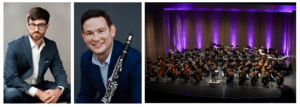
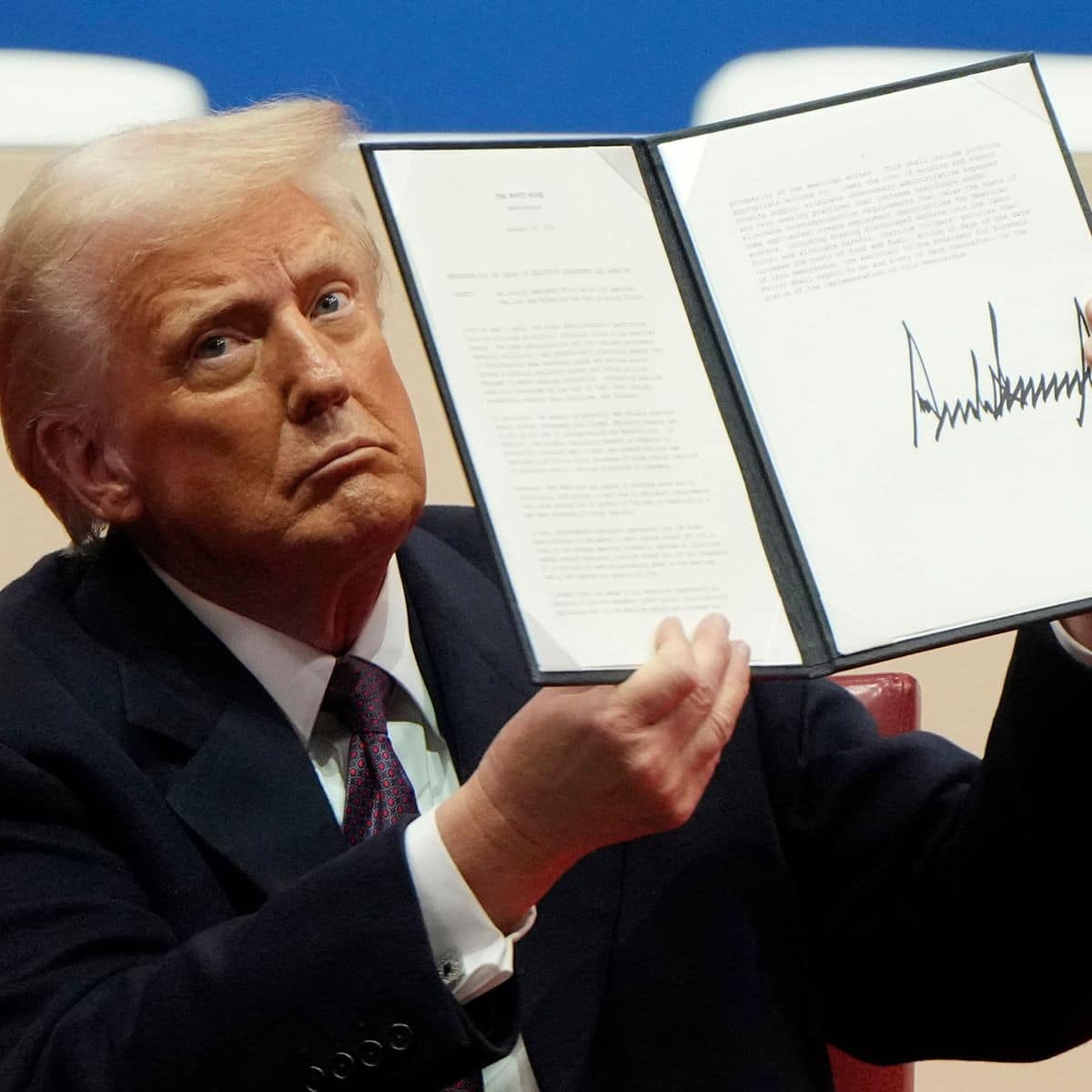
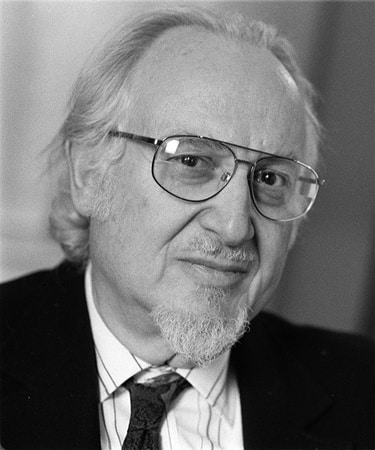
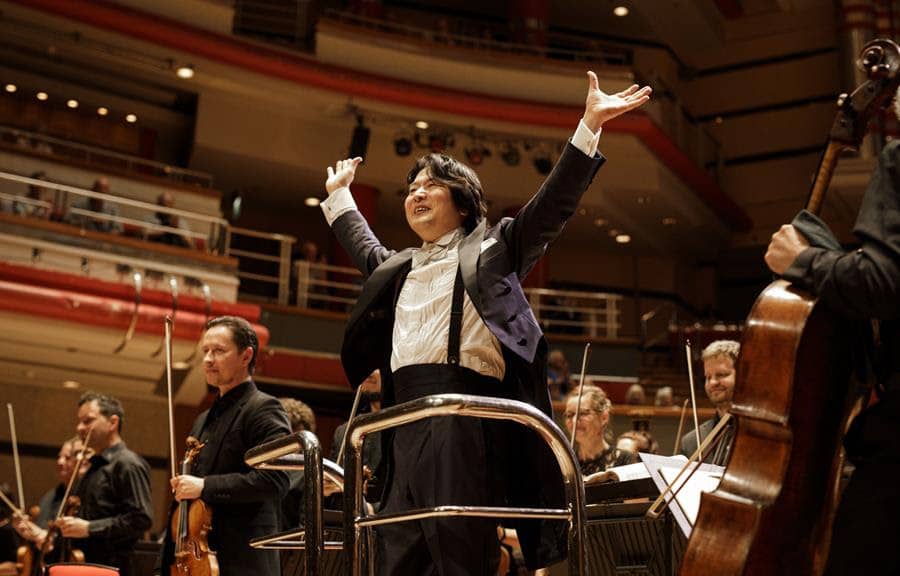
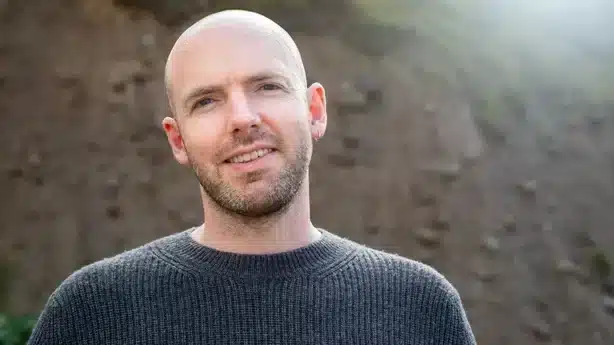
Comments